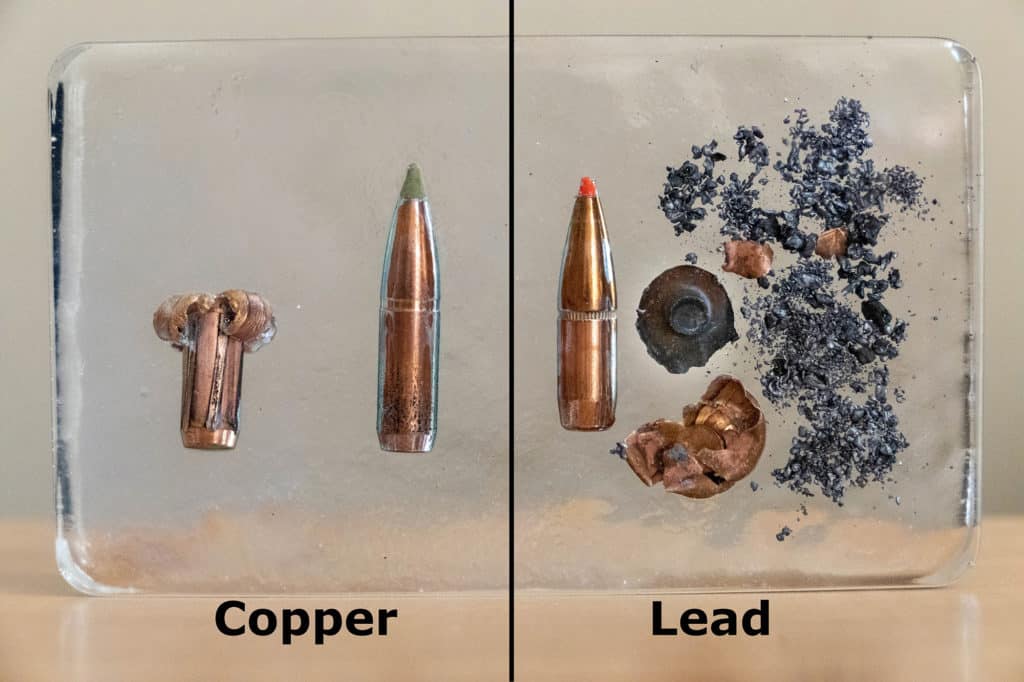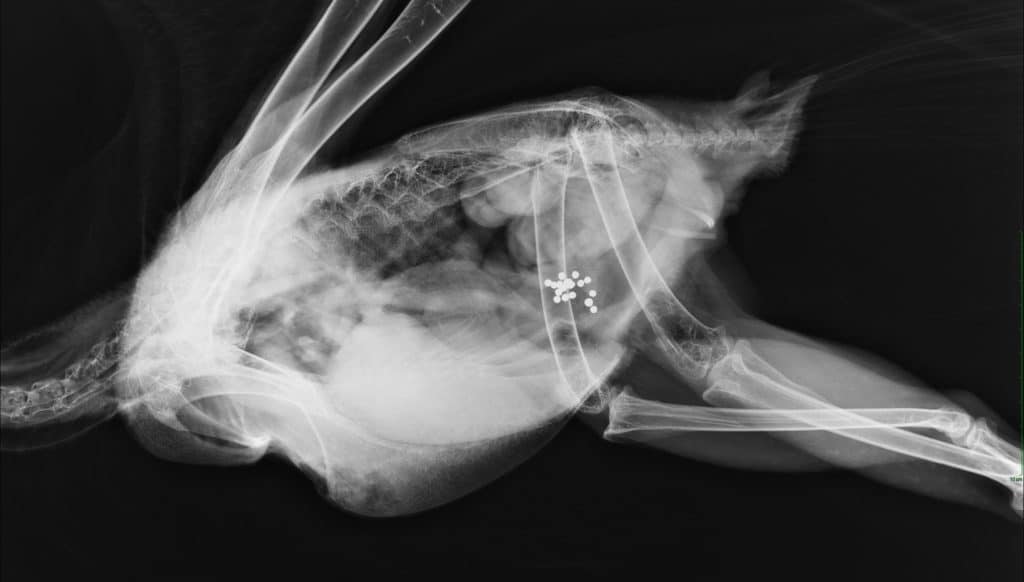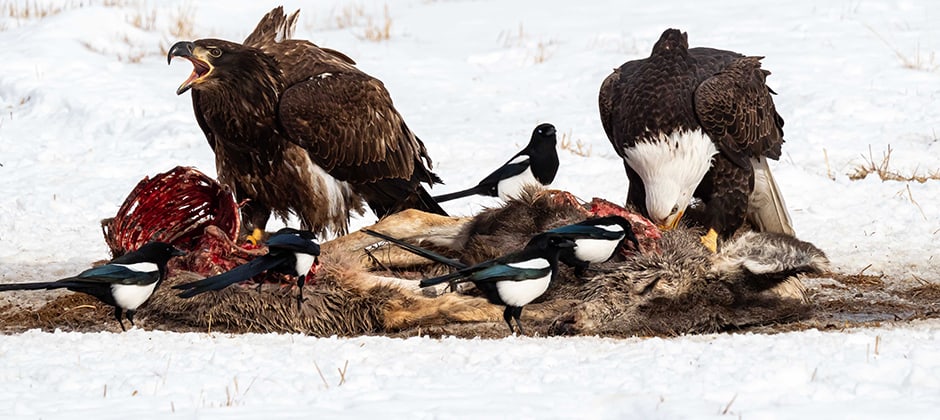Share this article
Lead poisoning is suppressing eagle populations
Lead poisoning is suppressing bald and golden eagle populations across the United States, researchers found, in what they say is the first study to show continent-wide, population-level impacts in the two species.
In the study, published in Science, researchers found almost half the birds they sampled across the country showed evidence of repeated exposure. The levels of poisoning are causing bald eagle (Haliaeetus leucocephalus) population growth to slow by 3.8% and golden eagle (Aquila chrysaetos) population growth to slow by 0.8%, the researchers found.
“This is the first study to show this pattern at a continental scale,” said lead author Vince Slabe, a research wildlife biologist for Conservation Science Global, in Bozeman, Montana.
Although the effects might appear to be greater for bald eagles, the impact on golden eagles “is actually more alarming to us,” Slabe said. Once on the verge of extinction, bald eagles have rebounded. Biologists count about 316,700 bald eagles in the Lower 48 states alone. The golden eagle population, on the other hand, is about 30,000, and it’s remaining level or possibly even declining.
“This really is an issue for both species,” said Todd Katzner, a research wildlife biologist at the U.S. Geological Service in Boise, Idaho, and the principal investigator on the study. “It’s an issue we think about differently for each one.”
Eagles are primarily exposed to lead by consuming gut piles or carcasses left behind by game hunters using lead ammunition. The risk is compounded in the winter, researchers found, when eagles have a harder time finding prey and are more likely to scavenge. At the same time, contaminated remains are more prevalent on the landscape following fall hunting seasons.
Researchers modeled how lead exposure contributed to deaths in both species and what effects those deaths would have at the population level. They did not look at sublethal effects, such as whether or not eagles sickened by lead exposure were more likely to die of other causes or less likely to fledge chicks.
“We tried to be very conservative in our approach and no matter what we did, we were detecting an effect on population growth rates from these poisoning events,” Katzner said.
Previous research has found regional effects of lead poisoning on eagle populations. A study published in January in the Journal of Wildlife Management, which looked at 28 years of data from bald eagles in New England, found lead contamination had diminished bald eagle recovery and continues to leave the bird vulnerable to other threats.
The fact that the two studies reached similar conclusions points to the seriousness of lead contamination for eagle populations, said Krysten Schuler, the senior author of the study published in JWM.
“We have two completely different methods here and the numbers are similar,” said Schuler, a TWS member and co-director of the Cornell Wildlife Health Lab. “I think that really strengthens the argument.”

This image shows a copper bullet, left, and a lead core bullet, right, before and after impact. The lead bullet shows extensive fragmentation compared to the copper bullet. Credit: Mike McTee
In the study published in Science, researchers—including scientists from the U.S. Geological Survey and the U.S. Fish and Wildlife Service—collected samples from 1,210 eagles in 38 states between 2010 and 2018. The samples showed what the authors described as “unexpectedly high frequencies” of both chronic and acute lead poisoning in both species. About 46% of both bald and golden eagles had chronic exposure.
The team gathered samples from a variety of sources. Blood samples came from live eagles that had been captured and released for research, usually by state agencies, or that ended up in wildlife rehabilitation centers. Liver, feather and bone samples came from eagle carcasses collected by state agencies and from eagles that died in rehabilitation.
“Each of these tells you a slightly different message,” Katzner said.

A radiograph of a bald eagle shows ingested lead fragments. Credit: The Raptor Center, University of Minnesota
Blood samples showed short-term, acute effects from recent poisoning. Liver and feather samples revealed slightly older exposures. Bone samples showed long-term effects of poisoning over a lifetime. Older eagles had higher contamination levels as the heavy metal accumulated in their bodies after multiple exposures.
“We have all these different ways to show recent and lifetime exposure at a continental scale,” Slabe said.
Slabe conducted the research as part of his PhD dissertation at West Virginia University, after studying similar issues among eagles in Montana. He now works with Conservation Science Global, which encourages hunters to use non-lead ammunition and distributes free or discounted alternatives, like copper ammunition, which is less toxic and fragments far less.
“This has led me as a scientist—OK, we’ve come to this finding. What do we do now? It’s led me to the next phase of my career,” he said. “What I’m doing now is to try to do my part and to do something about that.” he said.
Header Image: Two bald eagles feed on a deer carcass in Montana. Credit: Estelle Shuttleworth








